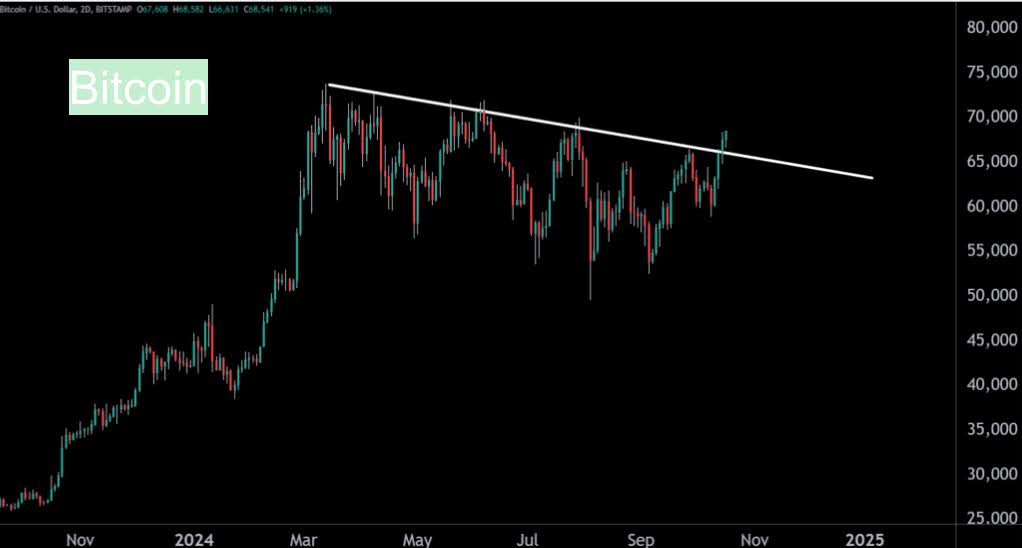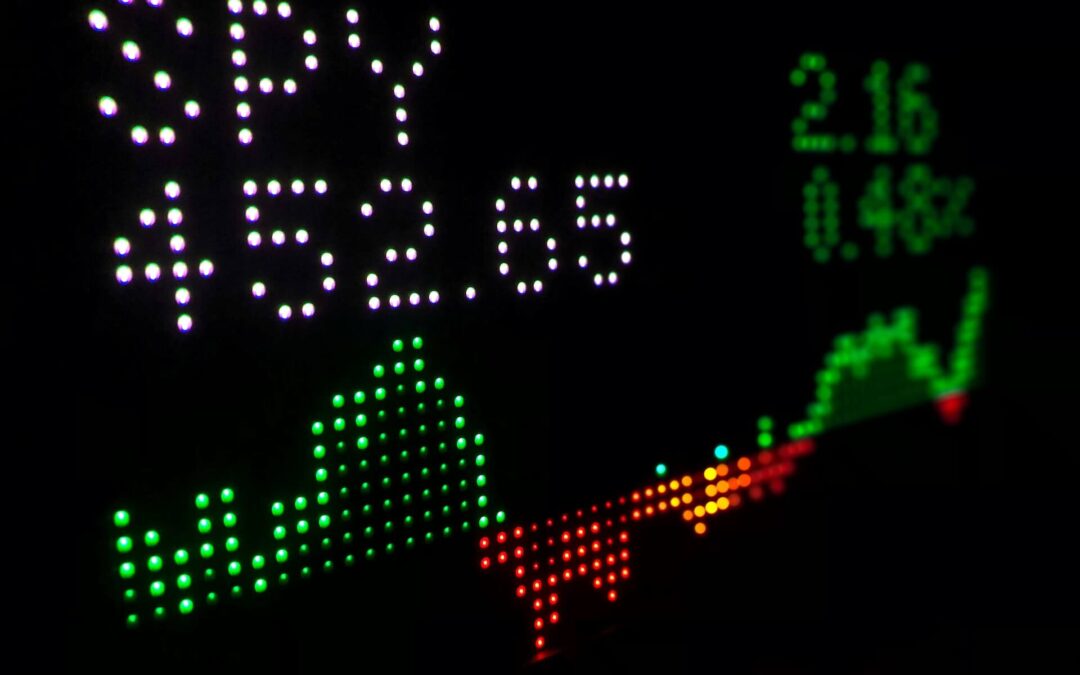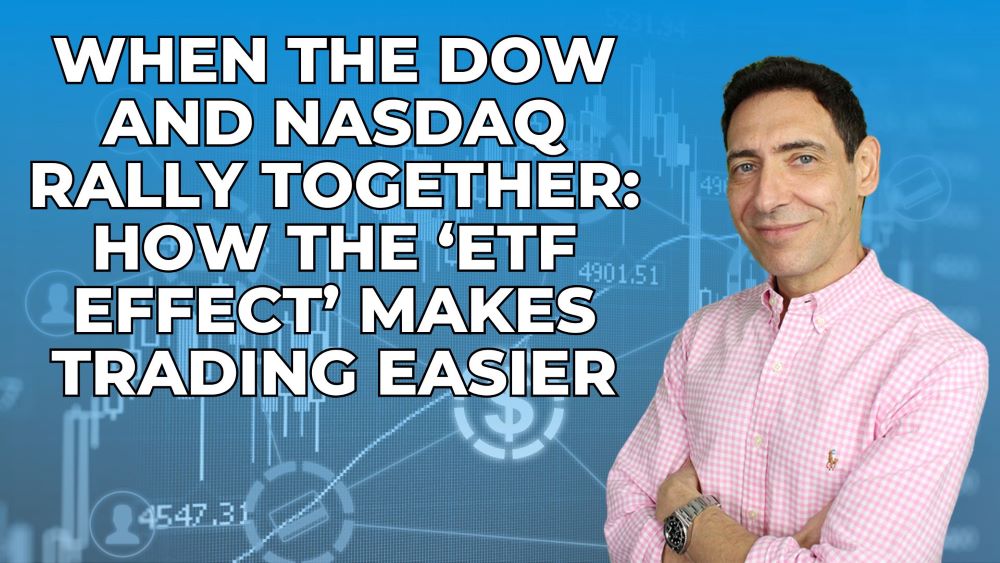Interest rates are one of the most critical factors influencing the stock market — especially when it comes to tech stocks.
When interest rates rise, tech tends to feel the pressure, and when they fall, tech can show some real strength.
It’s all about how future cash flows are discounted, and higher rates mean lower valuations for companies that depend on long-term growth.
The 10-year note plays a significant role in shaping market behavior, especially for sectors like technology. If rates continue climbing, it can put downward pressure on tech companies by raising borrowing costs and reducing their valuations.
As an investor, keeping an eye on these rates is crucial, as they can dictate market direction.
For example, when looking at the Nasdaq 100 ETF (QQQ), breaking below a key moving average like the 15-day exponential moving average often signals weakness.
If we see that level breached, it could indicate further downside ahead.
Support levels can provide guidance on where the market might head next. Without stabilization in interest rates, it’s hard to expect sustained, bullish movement in tech. Institutional traders tend to monitor these levels closely, and if they start selling, it can accelerate declines.
Semiconductor stocks — such as Nvidia (NVDA), Advanced Micro Devices (AMD), and Taiwan Semiconductor (TSM) — are particularly sensitive to shifts in interest rates.
The Semiconductor ETF (SMH) serves as a good barometer.
Until SMH breaks above a critical level of resistance, there’s a risk that any rally in tech could fizzle out. Without confirmation of a breakout, it’s wise to hold off on loading up on tech stocks, especially in the semiconductor space.
But here’s the interesting part…
Institutions often act ahead of the broader market. While retail traders wait for news or earnings reports, institutional players may have already positioned themselves based on their outlook for interest rates.
That’s why, even in a weak environment, you might start to see subtle buying activity ahead of a potential turnaround. If interest rates start to ease, it could provide the fuel for a tech rebound.
The key takeaway?
Watch interest rates, specifically the 10-year note. If rates stabilize or start to decline, tech stocks could get the breathing room they need to rally.
However, until that happens, the pressure remains, and it’s essential to stay cautious.
Keep an eye on critical levels in the broader market. A break above these levels, paired with falling interest rates, could signal a fresh run for tech stocks.
In the meantime, don’t get caught up in short-term movements without confirmation. The market can be tricky, and understanding the relationship between interest rates and tech stocks will help you make more informed decisions.
I hope that helps!
Roger Scott
Roger Scott Trading
Follow along and join the conversation for real-time analysis, trade ideas, market insights and more!
- Telegram: https://t.me/+_vmfwkeP8fA5YWQ5
- YouTube: https://www.youtube.com/@Roger-Scott/videos
- Instagram: https://www.instagram.com/thetradingpub/
- Facebook: https://www.facebook.com/TheTradingPubOfficial
- Twitter: https://twitter.com/Rogerscott1970
P.S. Why Institutional Traders Are Quietly Loading Up on THIS Sector
The 2024 election has everyone’s attention right now.
And while the media debates poll numbers and who said what at a rally…
Something more interesting is happening behind the scenes. Look at this chart closely…

Bitcoin’s been consolidating for over eight months.
And during my recent 2024 Election Summit, I revealed why this could be the calm before the storm…
Why I believe we could see a big breakout before the end of the year, pushing it above all-time highs.
I also touched on the new way to track institutional money flow in real time.
It’s how I’ve maintained a 95% win rate on 259 trades this year.
And the best part is anyone can start using it alongside me with a regular brokerage account.
If you missed my 2024 Election Summit, or if you’d like to get more details on what I see coming for Bitcoin and how to track institutional money flow in real-time.
Stated results are from hypothetical options applied to real published trades from 10/30/23 – 10/20/24. The result was a 95.75% win rate on 259 trades, an average return of 12.3% including winners and losers and average hold time of less than 24 hours. Performance is not indicative of future results. Trade at your own risk and never risk more than you can afford to lose.


